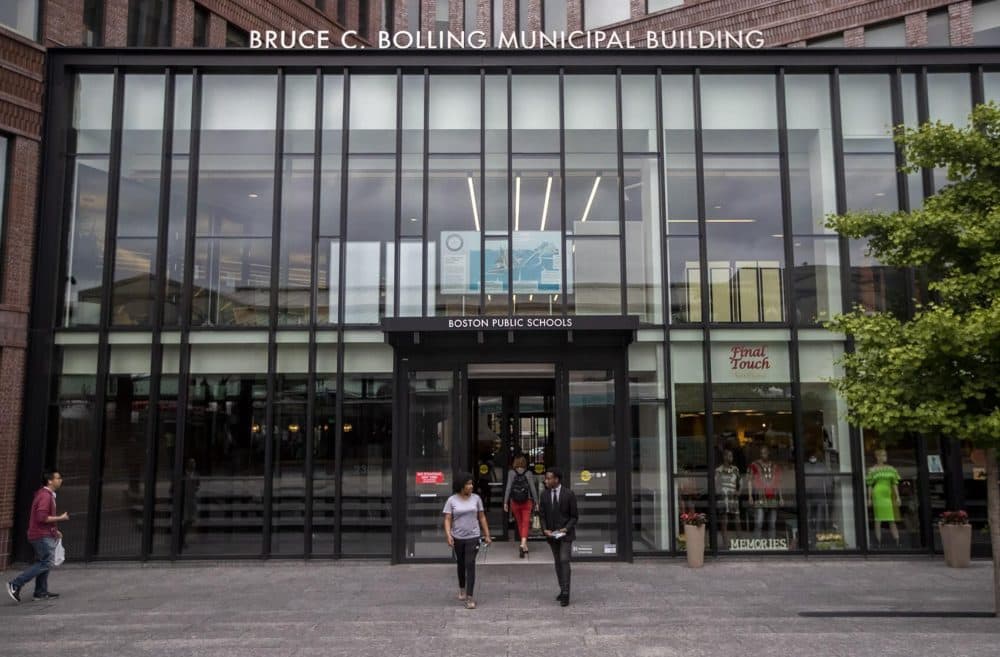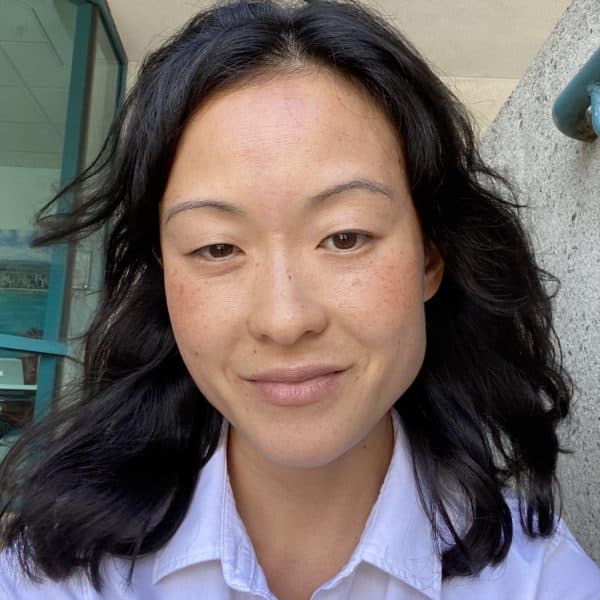Advertisement
New 'sobering' review of BPS special education program highlights disparities

Boston Public Schools refers a disproportionate number of Black and Latino boys and English language learners to special education, increasing the likelihood they will be placed in separate environments that restrict their access to educational opportunities, a new report concludes.
The state's largest school district must revamp how it determines special education eligibility to reduce disparities by race, gender and English learner status, and ensure such classifications are appropriate and consistent, the report adds.
The findings come from a new 129-page review of BPS’ special education program from the Council of the Great City Schools, a coalition of urban public school systems that conducts reviews of school system operations around the country.
An overview of the report was presented at the Boston School Committee meeting Wednesday night. BPS is undergoing a systemic improvement plan, in which it must hit certain targets and show progress in key areas flagged by state education officials, such as transportation, special education and student safety.
Superintendent Mary Skipper, who began in the role in late September, called the report “sobering.”
“Many of the findings, they confirm what we thought,” she said at the meeting. “We see this as a way for us to look holistically at the district and more importantly, at a set of solutions — short term and long term — what we need to do in BPS.”
The Council’s report noted key areas of concern with BPS’ special education system — namely, its high rate of identifying students with disabilities and over-identification of certain students.
While Black and Latino males combined represent 35% of all BPS students, they comprise 53% of students with disabilities, according to the report. And while English learners represent 30% of the BPS student body, they constitute 47% of students identified as having a hearing impairment, 46% of those with a communication impairment and 55% of those with multiple impairments.
“It’s critical you look at the rates. How are those rates different from the nation, how are you looking at disabilities for students across grades, and by race, ethnicity and gender?” Ray Hart, executive director of the council, said.
What is "particularly alarming," Hart said in his presentation, is BPS' slow pace of providing supports to students in least restrictive environments where they can learn alongside their peers: "It hasn't changed over the course of a number of years while your peers across the country have transitioned," he said.
Boston places special education students in a "substantially separate" setting at a 29% rate, compared to a 14% statewide rate and 13% rate nationwide. That means many students are being sent to schools outside their home district based on a disability, limiting their opportunity to receive general education instruction and appropriate supports in an inclusion setting that fosters learning.
That also means a small number of schools are shouldering instruction for students with individualized education programs, or IEPs.
Michael O’Neill, a school committee member, said this was “a wake-up call to us on a critical issue," adding, these are "issues we've talked about for years in Boston but failed to correct."
“We need to increase our students in inclusion settings and we’ve had challenges making that happen,” he said, noting a high turnover among senior leadership, superintendents and city staff.
Of BPS' roughly 46,500 students, 22% are in special education, compared with 19% statewide and 14.5% nationwide.
To compile its report, the Council of the Great City Schools visited Boston schools from Aug. 23 to 26 and conducted interviews in late September and October with members from the Special Education Parent Advisory Committee, Boston School Committee, Boston Teachers Union and Massachusetts Department of Elementary and Secondary Education.
It also reviewed documents and analyzed data. It last performed a review of BPS’ special education system in 2009.
The report offered a set of recommendations for BPS: improve the consistency and appropriateness of special education referrals, offer students support before they are identified as requiring special education, analyze data, establish key performance indicators for students with IEPs, create better cross-functional teams across special education and English learner departments, create a broad vision of inclusion across the district, hold people accountable and seek out experts in the field.
School committee members acknowledged the scope of the task ahead.
Linda Chen, senior deputy superintendent for academics, said the district has begun work by hiring new assistant directors with disability expertise, creating an inclusion working group and committing around $17 million in federal funds to support school inclusion efforts.
“It’s going to take time, but we have to act with urgency wherever we can in the suggestions and recommendations in the report," Skipper said. "It has to be done because our students cannot wait any longer for it not to be done.”
